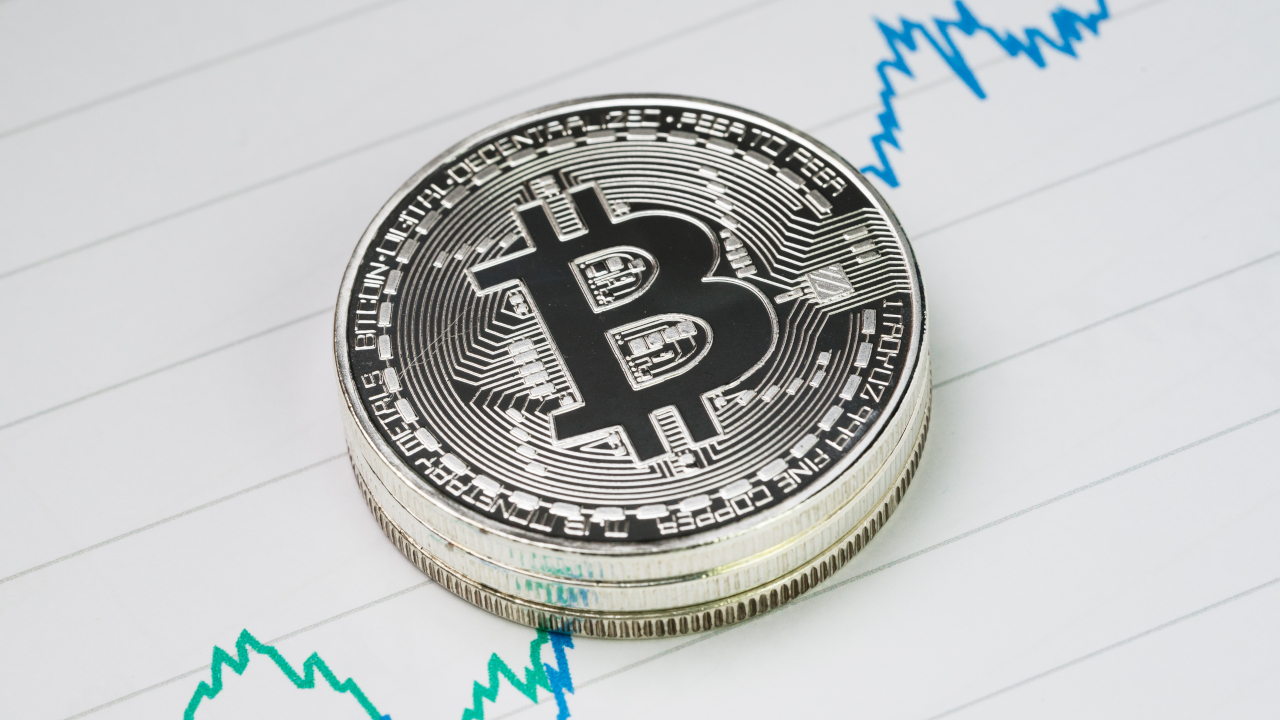One of the recurring themes in the digital asset markets across 2018 and 2019 has been the failure of multiple Bitcoin (BTC) exchange-traded fund (ETF) applications to gain the approval of the United States Securities and Exchange Commission.
Each new application was met with anticipation, only to be dismissed for the same reason: concern over how the ETF would derive its price, whether this price could be manipulated, and if the listing exchange could adequately meet section 6(b)(5) of the Exchange Act. This section states, in part, that:
The common thread between all of these applications was a plan to create the reference price — the price, at which assets are valued and benchmarked — from retail exchange data. For example, the Winklevoss Bitcoin ETF’s reference price was to be based on the results of the Gemini retail exchange’s daily auction for spot Bitcoin. In the case of Bitwise, the reference price was based on a blend of data from several prominent retail exchanges.
We believe that all prior ETF applications have failed to demonstrate their ability to meet the requirements of Section 6(b)(5) for several reasons:
- The retail Bitcoin market is just that: predominantly retail. Any market with a heavy volume of inexperienced investors trading very small sizes is much easier to manipulate largely because these participants are much more likely to overreact to perceived market pressures.
- The total volume of retail Bitcoin exchanges is spread over several hundred exchanges worldwide. Any market that is highly fragmented like this is prone to manipulation.
- Virtually all of the well-known instances of hacks, exchange failures or exchange fraud have been retail exchanges. While some retail exchanges have very good governance, the majority do not.
Unless this is addressed in forthcoming applications, we believe that it is extremely unlikely that any Bitcoin ETF that relies on the retail exchange market for a reference price will be approved anytime soon.
A new path forward
Many people, especially those outside of the institutional crypto market, believe that retail exchanges represent the majority of the Bitcoin market. However, that’s not the case.
Alongside retail venues, there is a vibrant, liquid over-the-counter (OTC) market for spot Bitcoin, whose participants are primarily institutional investors and professional market-making firms. While no one has come up with a precise measure of the size of the OTC market — most market makers do not publicly release trading volumes — a major study conducted by the Tabb Group in 2018 found that the OTC market is likely three to four times the size of the retail market. Moreover, this larger volume is spread across an estimated 30–40 active OTC market makers rather than several hundred retail exchanges.
As with other areas of finance, trade sizes vary significantly between the institutional and retail markets. On retail exchanges, most trades are for fractions of a Bitcoin. In the OTC market, market makers have minimum trade size requirements that are typically in the $100,000-to-$200,000 range.
We believe that the OTC market can provide a much more accurate and secure measure of pricing for Bitcoin ETFs, one that is far more likely to satisfy regulators. Above all, the OTC markets are far less susceptible to manipulation:
- The OTC market has greater volume spread over fewer venues with institutions executing trades of far greater size. This means there is greater available liquidity and pricing inertia, making it difficult to panic the market through malicious actions.
- Most of the OTC trading desks are staffed with traders who have significant prior trading experience in traditional asset classes. They are far more likely to understand false bids and offers for what they are and, therefore, will typically react less to attempted manipulation.
- There is no central limit order book — a trading method used by most exchanges and commonly referred to as “CLOB” — for trading in the OTC markets. Market manipulation typically depends on strategies involving the placement of multiple bids and/or offers into order books, which “paint a picture” that there is real market interest at certain pricing levels when, in fact, there is none. OTC markets trade almost purely through a request for quote process. Without an order book, manipulators are missing their primary tool for manipulation.
- If a customer of an OTC trading desk is seen frequently indicating an interest at certain price levels and not acting at those levels, the OTC dealers will disfavor that participant.
Beyond the manipulability of the underlying market itself, it will also be critical in any ETF applications to show that the reference price is resistant to manipulation. One way to achieve this is by deriving pricing from a fixing window. Fixing windows is utilized with many traditional assets.
How would a reference price derived through a fixing window of a few hours be secure? With a fixing window, any effects of showing false buying or selling interest to market makers will be highly diluted. The parties overseeing the price will be better positioned to recognize and exclude questionable prices that deviate from the average of all other contributors — again, sourcing pricing from a handful of OTC participants is far less laborious than working with a highly-fragmented retail market.
The sweet spot for the number of OTC contributors to a pricing index is approximately from 10 to 15. At this level, with the right policies in place, even a handful of market makers colluding together would have difficulty influencing the index by more than a non-meaningful percentage.
We believe that the correct path forward in securing approval for a Bitcoin ETF is not to repeat the retail-based pricing model. Continued rejections and the little effort made to address regulatory concerns demonstrate the weakness of this approach. Rather, fund sponsors should look to the much more professional and far less vulnerable OTC markets. A pricing mechanism sourced through OTC markets are far more resistant to market manipulation and may give regulators the confidence needed to take an application forward.
